Optimal Timing for Deck Sanding
Deck sanding is a crucial maintenance process that restores the surface of wooden decks, removing weathered and damaged material to prepare for refinishing. Proper timing ensures optimal results, prolongs the lifespan of the deck, and minimizes the need for frequent repairs.
Spring and early summer are optimal times due to stable weather conditions and lower humidity levels, allowing the deck to dry thoroughly after sanding.
Dry, mild days with temperatures between 60-80°F (15-27°C) prevent moisture issues and ensure the sanding process is effective without causing damage.
Typically, decks should be sanded every 2-3 years, depending on exposure to weather and foot traffic, to maintain surface integrity and appearance.
Visible splinters, rough texture, fading stain, or peeling paint are indicators that a deck requires sanding and refinishing.

Spring offers ideal conditions with moderate temperatures and low humidity, promoting effective drying and adhesion of finishes.
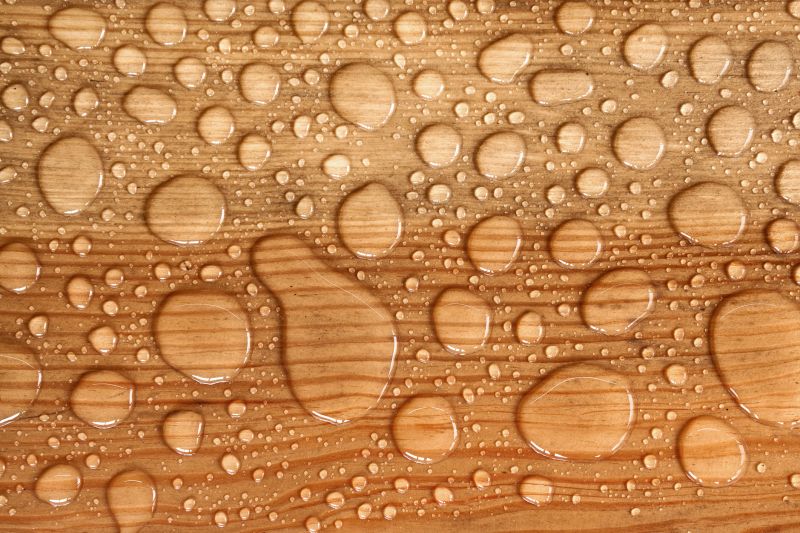
Summer provides warm, dry weather, but caution is needed to avoid high humidity or rain, which can hinder drying times.
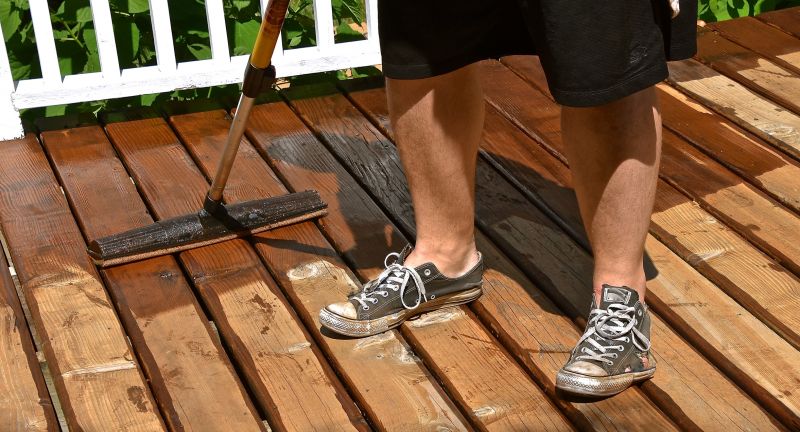
Performing sanding after winter weather helps remove damage caused by snow, ice, and freeze-thaw cycles, preparing the deck for sealing.
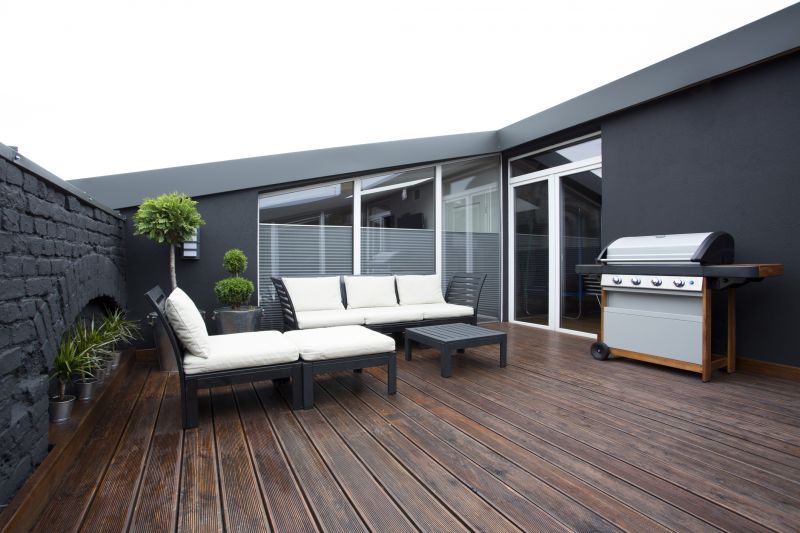
Ways to make Deck Sandings work in tight or awkward layouts.
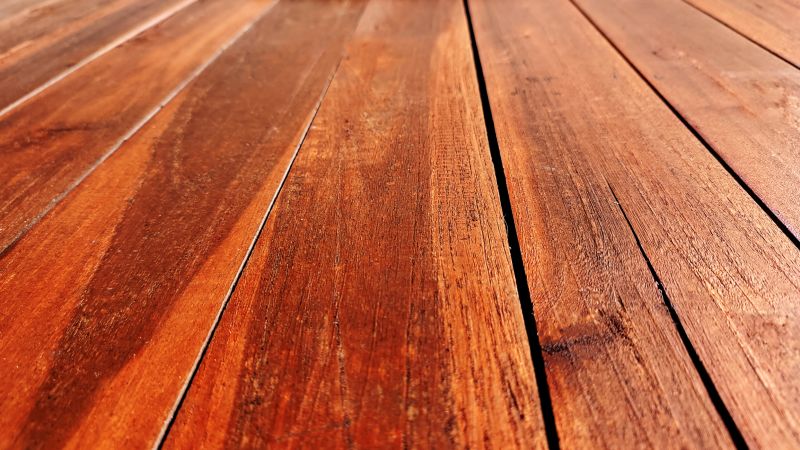
Popular materials for Deck Sandings and why they hold up over time.
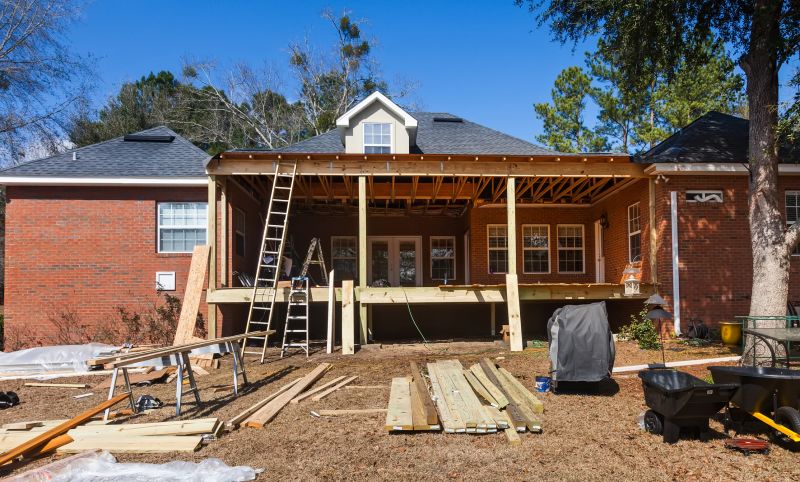
Simple add-ons that improve Deck Sandings without blowing the budget.
| Season | Recommended Timing |
|---|---|
| Spring | Early spring before peak outdoor use |
| Summer | Late spring or early summer during dry spells |
| Fall | Early fall to prepare for winter |
| Winter | Not recommended due to moisture and cold |
Deck sanding involves removing the top layer of weathered wood to reveal a fresh surface suitable for staining or sealing. This process enhances the appearance of the deck and helps prevent issues like splinters, rotting, and structural deterioration. Proper timing, combined with suitable weather conditions, is essential for achieving long-lasting results.
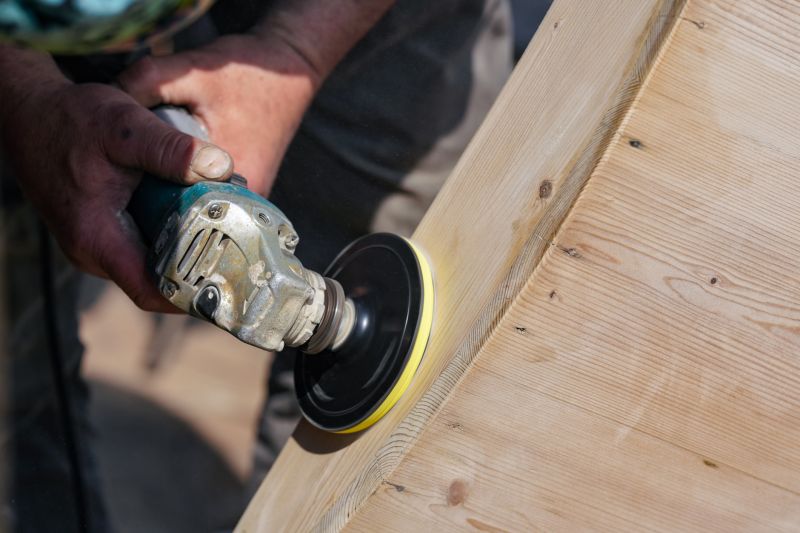
Using appropriate sanders and abrasives ensures a smooth, even surface suitable for finishing.
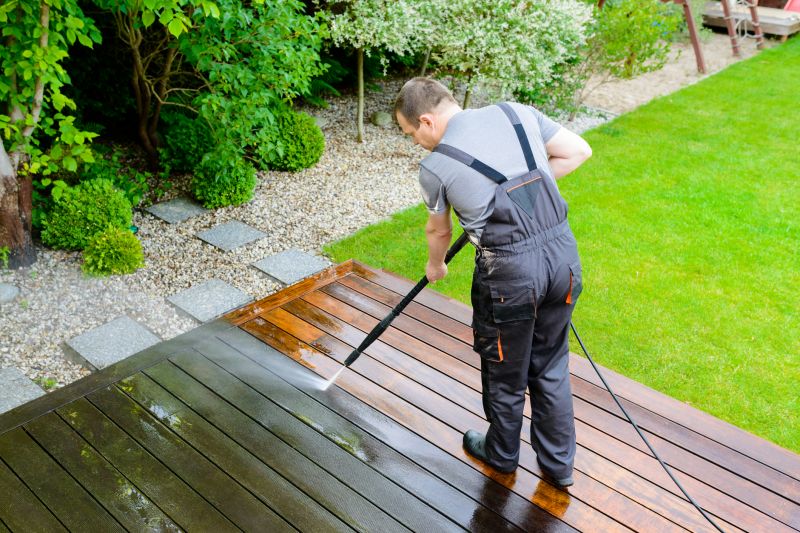
Cleaning and drying the deck before sanding is vital for optimal results.

Applying stain or sealant after sanding preserves the wood and enhances durability.
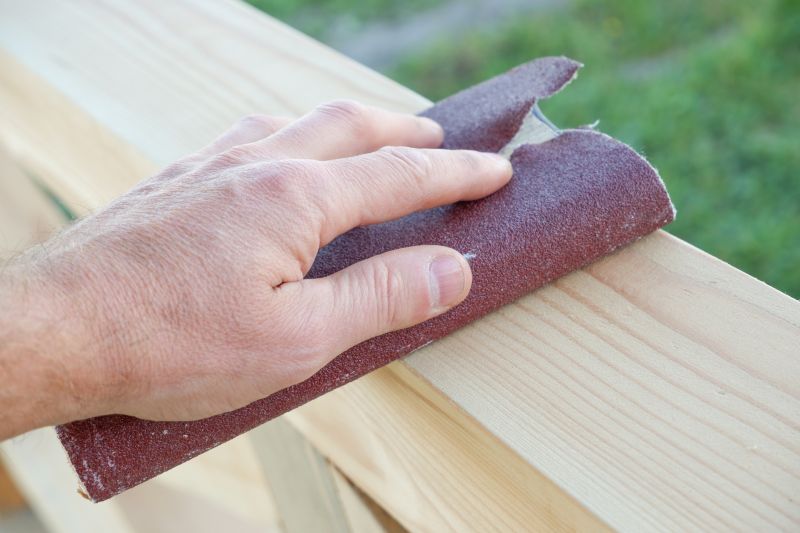
Wearing protective gear minimizes risks during the sanding process.
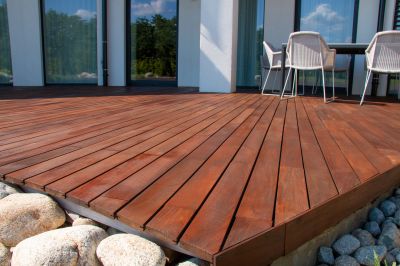
High-end options that actually feel worth it for Deck Sandings.

Finishes and colors that play nicely with Deck Sandings.

Little measurements that prevent headaches on Deck Sandings day.
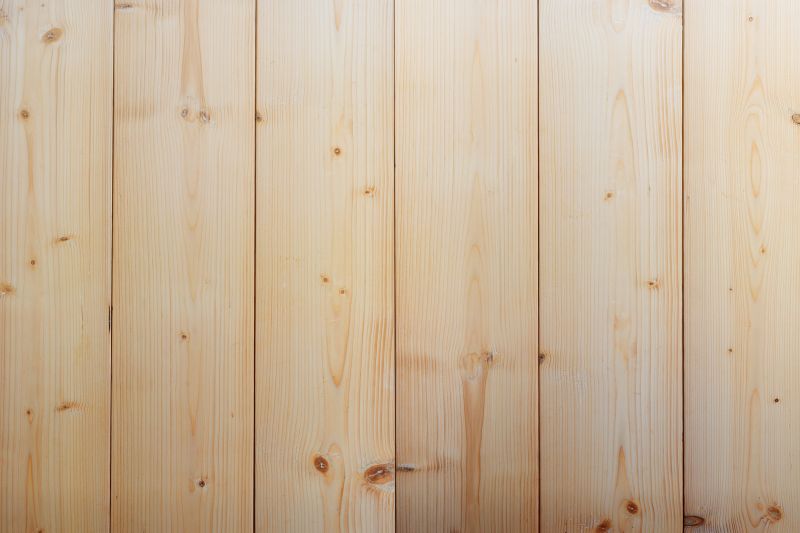
A 60-second routine that keeps Deck Sandings looking new.
Interested in scheduling a deck sanding or seeking professional advice? Filling out the contact form can provide additional information and help plan maintenance activities effectively.
